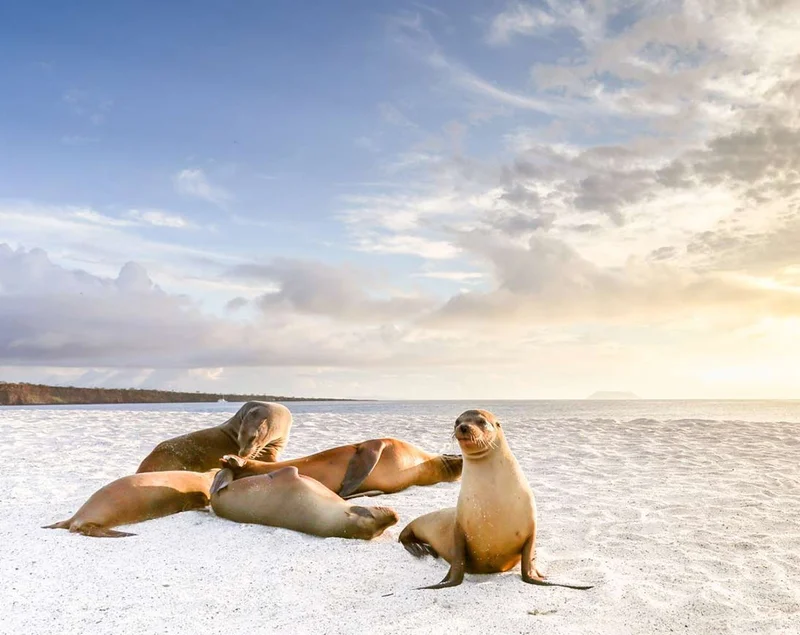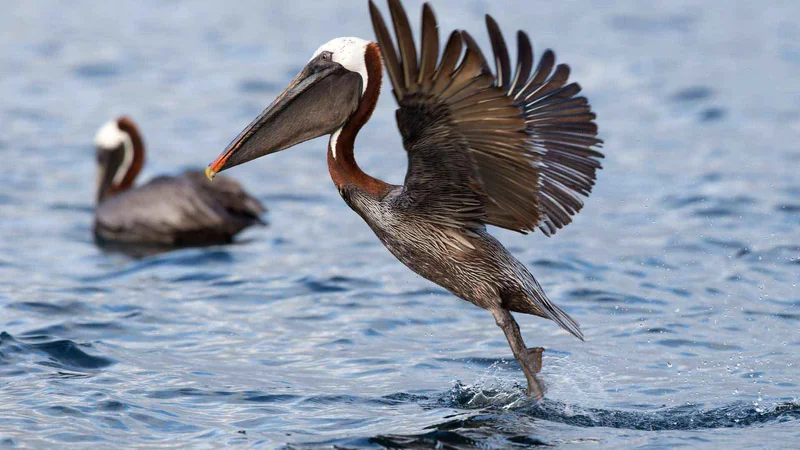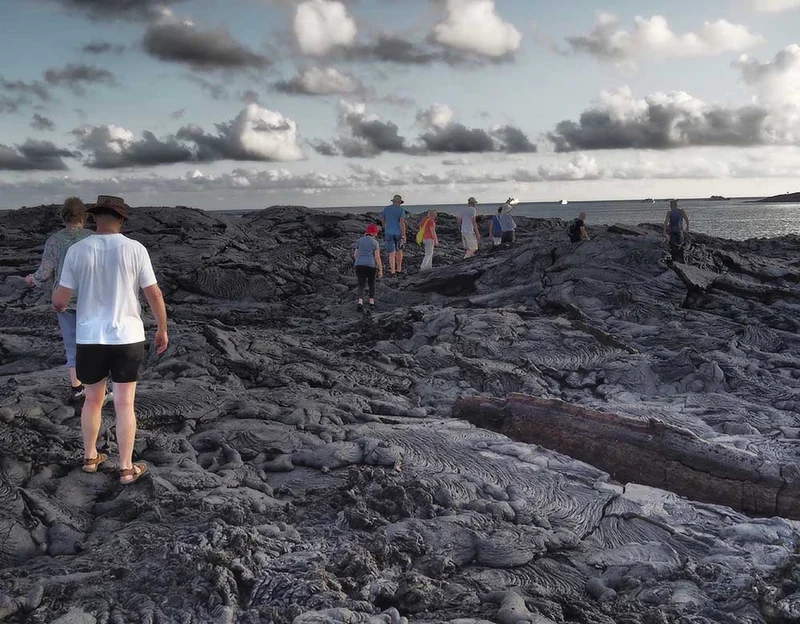

5 Day Galapagos Itinerary
Day 1: Baltra Airport & Mosquera Islet
Departure from Quito or Guayaquil to Baltra Island (2 ½-hour flight). Arriving in the Galapagos, passengers are picked up at the airport by our natural guides and taken to a ten-minute bus drive to the pier to board the M/V Galapagos Legend.
Mosquera Islet
Wet Landing, Mosquera Islet is located between North Seymour and Baltra Island. This flat, sandy island has a large colony of sea lions. It is also an excellent site to observe shorebirds such as herons and lava gulls. There is no trail on the islet, the visitor can enjoy the open area. Most of the islet is covered with sand and barren lava rock. Very little sesuvium por tulacastrum plants grow on the sand.
Day 2: Santiago Island: Egas Port & Rabida Island
Santiago Island: Egas Port
Wet landing. Egas Port is a black volcanic sand beach, visited by Darwin in 1835. The first section of the trail is formed of volcanic ash (eroded tuff) and the other half is an uneven terrain of volcanic basaltic rock. The unique, truly striking layered terrain of Santiago shore is home to a variety of animals including the bizarre yellow-crowned night heron and marine wildlife including lobster, starfish and marine iguanas grazing on algae beds alongside Sally light-foot crabs. It is easy to see colonies of endemic fur seals swimming in cool water volcanic rock pools.
Day 3: Isabela Island: Urbina Bay & Tagus Cove
Urbina Bay
Wet landing (might be difficult due to the tide) in Urbina Bay. …to find giant tortoises, land iguanas, and the unusual flightless cormorant. After a short walk inland it´s snorkeling time, a chance to swim with sea turtles, sea lions, and countless tropical fish. Urbina Bay features a wide variety of plants with the different range of colors in flowers, attracting different insects, birds, and reptiles. One of the highlights of the island is the uplifted coral reef that resulted from the 1954 seismic activity; here the views of Alcedo Volcano are remarkable. When navigating from Urbina to Tagus Cove whale watching is usual in May – December.
Tagus Cove
In Tagus Cove we have a dry landing, now we are on Galapagos’ largest island where we will learn about the eruption of the fivevolcanoes that form it. The trail leads to Darwin’s salt-water crater lake and excellent views of lava fields and volcanic formations. We will return by the same path for a dinghy ride along a shoreline full of marine wildlife, where we will admire a variety of seabirds, such as blue-footed booby, brown noddy, terns, flightless cormorant and depending on the season, a large number of Galapagos Penguins which are only 35 cm tall; the only penguin species in the world to live in the tropics. The population of penguins on the islands is about 2,000 individuals, most of which live on this western portion of Isabela; others are scattered further south. We will have an opportunity to snorkel in deep water. Graffiti believed to have been left by 19th-century pirates is a curious reminder of an intriguing past.
Day 4: Fernandina Island: Espinoza Point & Isabela Island: Vicente Roca
Fernandina Island: Espinoza Point
From Espinosa Point, is possible to admire a wide view of Isabela Island across the Bolivar Channel, an area that boasts some of the highest diversity of endemic sea fauna in the Galapagos. Here the largest, most primitive-looking marine iguanas are found mingling with sea lions and Sally light foot crabs. Fernandina displays a wonderful opportunity to encounter flightless cormorants at their nesting sites, Galapagos penguins and the “King” of predators on the islands, the Galapagos hawk. Pa-hoe-hoe and AA lava formations cover the majority of Fernandina terrain. Vegetation is scarce inland, with few brachycereus cacti. In the shore mangrove can be found.
Isabela Island: Vicente Roca
Great deep-water snorkeling at one of the richest marine havens on Earth, the Bolivar Channel, in Vicente Roca Point. Accessible by water, we take a dinghy ride along the coast to observe a great diversity of sea and coastal birds; Nazca and blue-footed boobies, noddies, brown pelicans, penguins, flightless cormorants. The upwelling of cold water currents in this part of the Galapagos gives rise to an abundance of marine life, a perfect place for deep snorkeling.
Day 5: Santa Cruz Island: Highlands
Dry landing. In the mountains of Galapagos is possible to admire different kind of birds, such as: tree and ground finches …vermillion flycatchers, paint-billed crakes, yellow warblers, and cattle egrets (usually standing on the tortoises’ shell). The journey to the reserve offers great opportunities to see the contrasts that the island offers in reference to the variety of ecosystems. The road goes from the coast through the agricultural zone and straight up to the dense humid forests. Often, Galapagos Giant Tortoises are also seen on the way, wandering through pastures in the paddocks. This spot is a birdwatchers’ haven, since almost every land bird present on the island lives or migrates here.
Your trip ends with transfer to airport for flight back to Mainland.

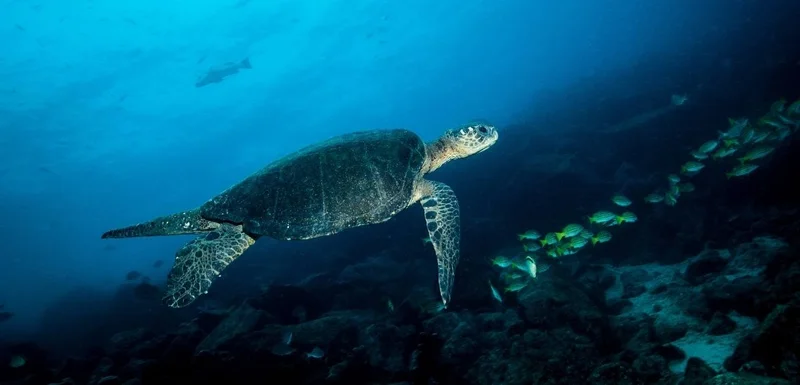
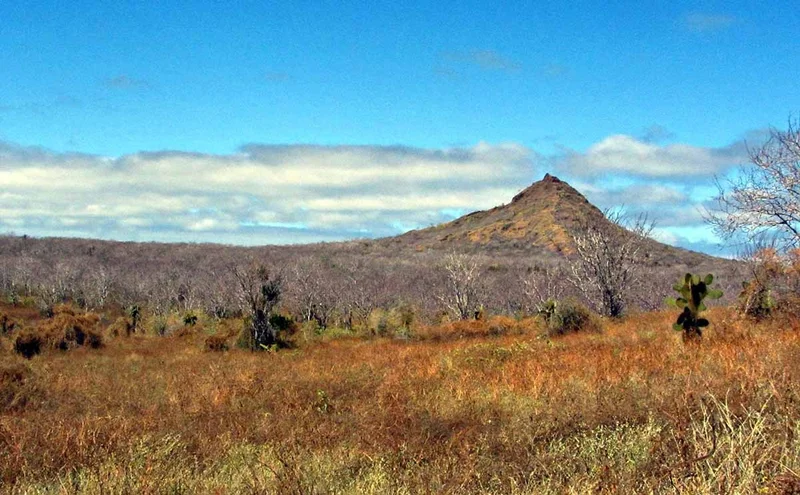






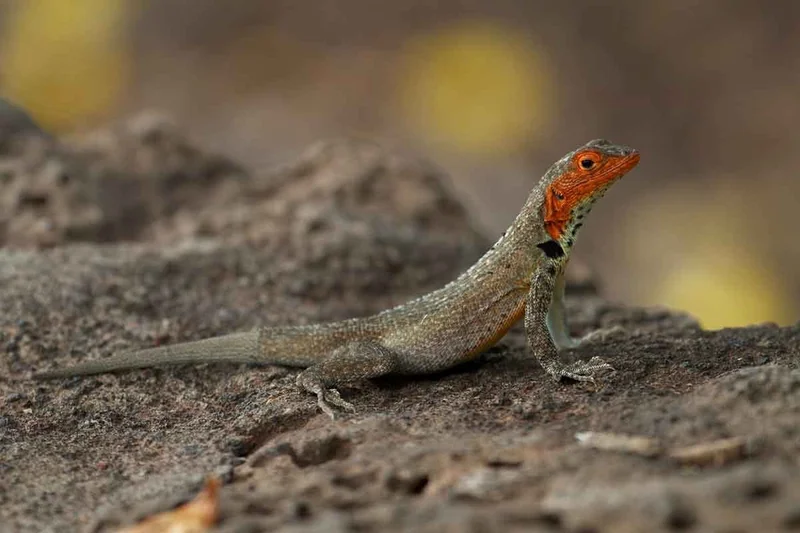
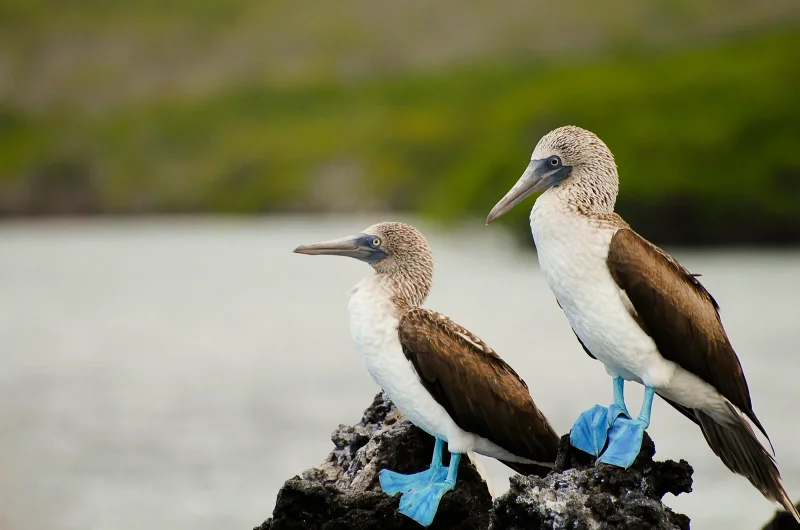

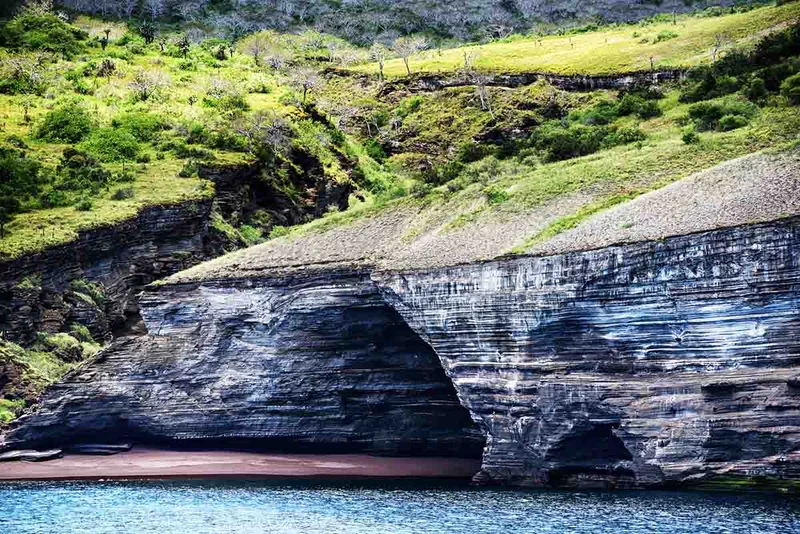
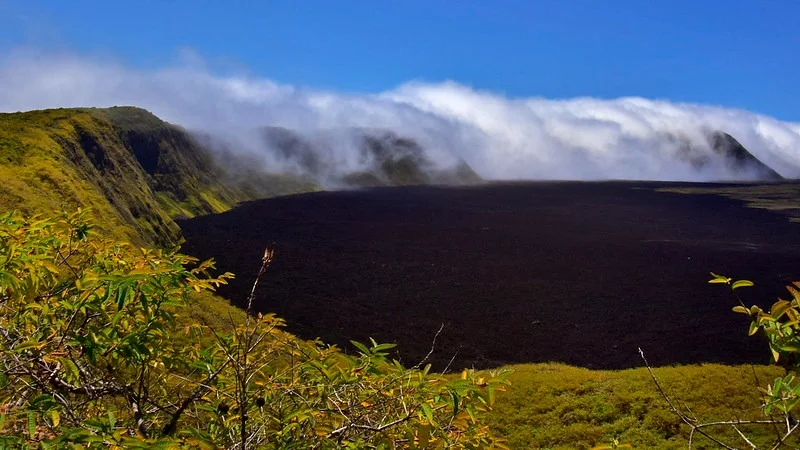
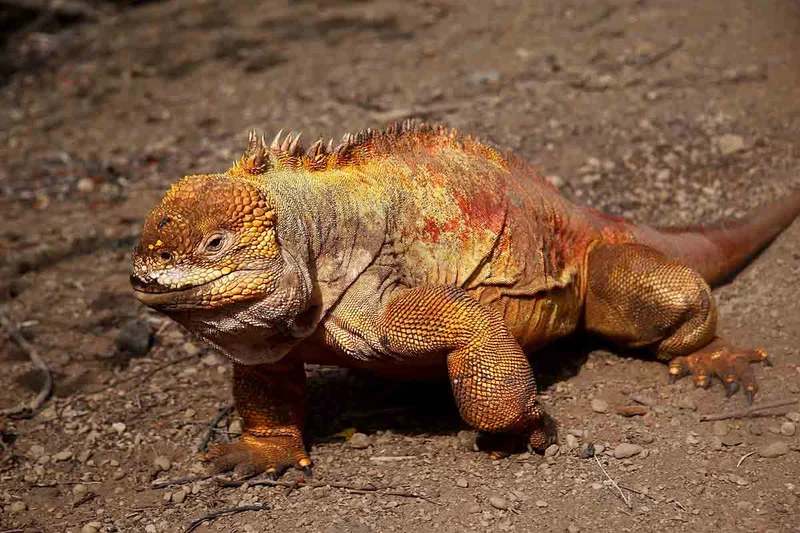
5 Day Galapagos Itinerary Includes
- All programed visits as per itinerary with specialized naturalist bilingual guide
- Accommodation in twin/double cabin with private facilities
- Cruise Fuel Surcharge
- All meals on board, drinking purified water, coffee and tea
- Snorkeling equipment (fins, mask & snorkel) & sea-kayaks
- Transfers within the islands on cruise dates as per itinerary
- Personalized 24/7 assistance during tour.
5 Day Galapagos Itinerary Does not Include
- Airfare to/from Galapagos from/to Mainland Ecuador (to be added)
- Galapagos National Park Entrance Fee US $200 per person (in cash only upon arrival)
- Galapagos Migration Card US$20 in cash per person (at Mainland’s Airport)
- Alcoholic/soft drinks, personal expenses, extras, and tips
- All sized Wet-suits for rent on board
- Travel, medical & cancelation Insurance and any services on Mainland
- Other services not specified in the program.
5 Day Galapagos Itinerary Highlights
- Hike around volcanic lands surrounded by untamed wildlife like Marine Iguanas and Flightless Cormorant.
- See the famous Galapagos Tortoises in semi-wild state at an important Breeding Center in the Highlands of Santa Cruz.
- Be greeted by small and lovable Galapagos Penguins.
- Take pleasure on small groups excursions (16 pax) on every location visited.
- Enjoy the comfort of your cabin or suite on board the ship with personalized services and complimentary services to make your journey far more enjoyable.
Itinerary Map

Reviews
Animals you might see on this itinerary:
More information about the Galapagos Islands you visit in this 5 day itinerary:
Deluxe Galapagos Western Islands Cruise Expedition Ship Voyage - Galapagos Legend Expedition Ship
Why travel with us?
Similar Itineraries
